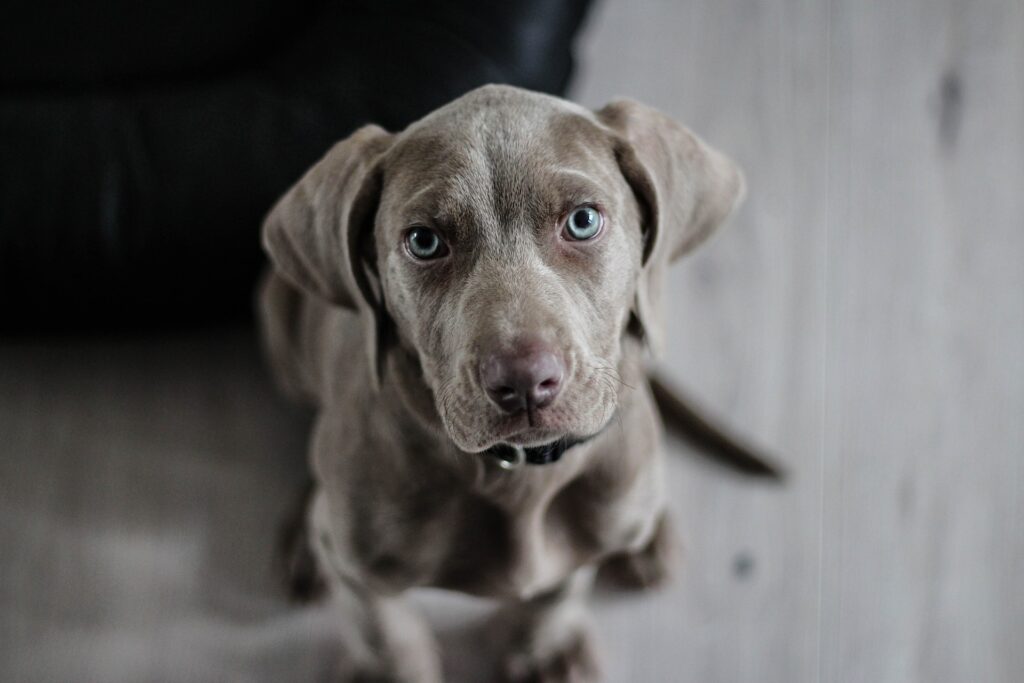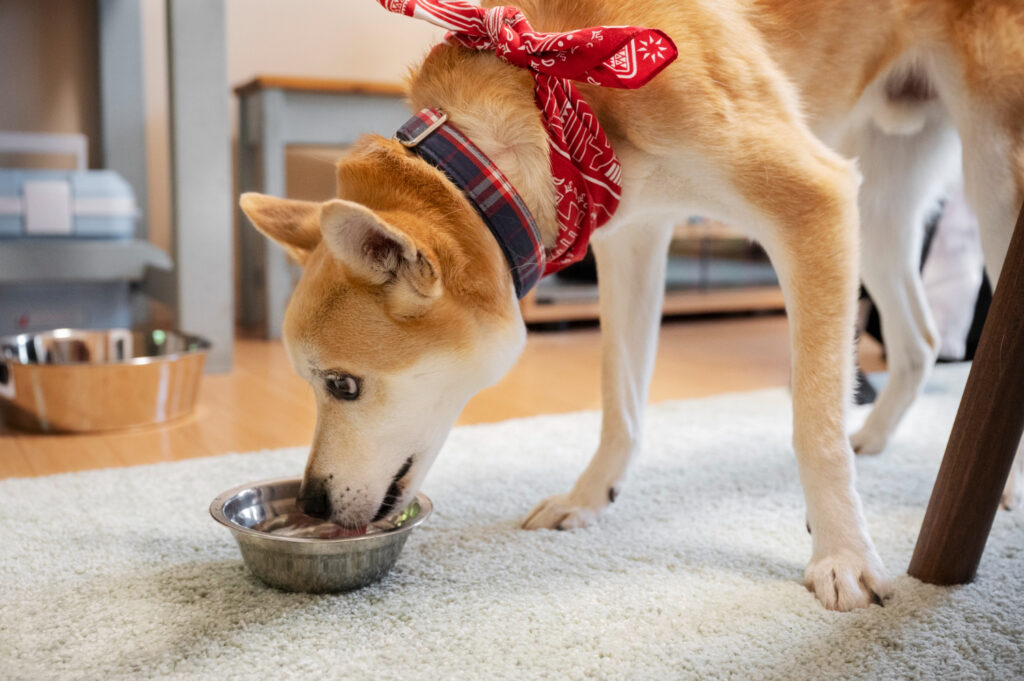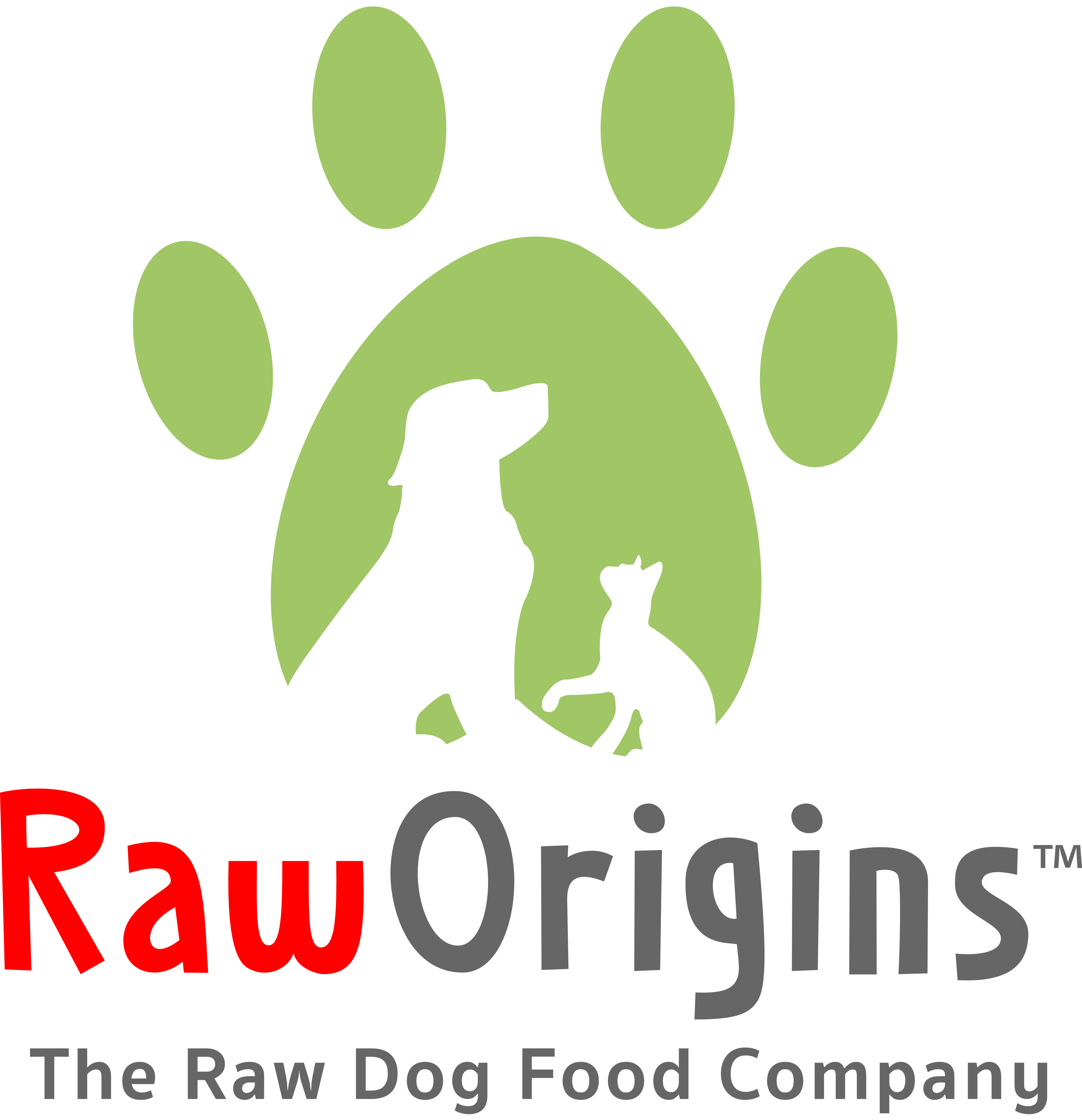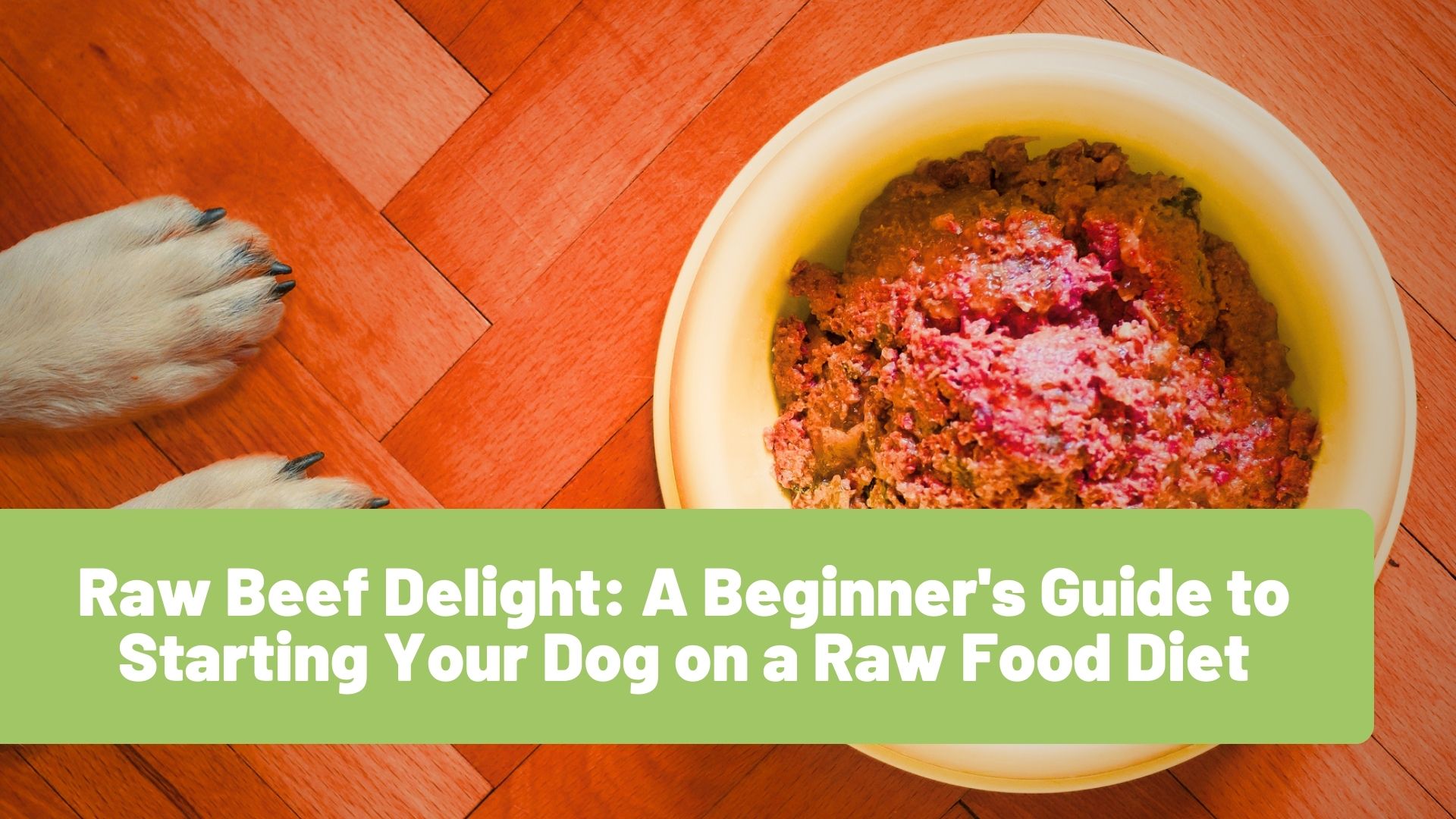If you’re a dog owner, you’ve probably heard about the raw food diet for dogs. This increasingly popular trend involves feeding dogs uncooked, natural ingredients, mimicking their ancestral diet. While there are various raw food options, one of the most common and easily accessible choices is raw beef. In this guide, we’ll walk you through the basics of starting your dog on a raw beef diet.
Why Consider a Raw Food Diet for Your Dog?
Before diving into the specifics of raw beef, it’s essential to understand why some dog owners opt for a raw food diet. The health benefits are a significant driving force behind this dietary choice. Advocates of raw diets claim that it can lead to shinier coats, healthier skin, improved digestion, and increased energy levels in dogs. These improvements are often attributed to the natural and unprocessed nature of the food, which can be more in line with a dog’s evolutionary diet.

Better dental health is another compelling reason to consider a raw food diet. Chewing on raw bones and meat can help reduce plaque and tartar buildup, leading to improved dental hygiene. This not only contributes to your dog’s oral health but can also prevent potential dental issues that may require costly veterinary care.
Moreover, a raw diet can be a game-changer for dogs with allergies or sensitivities to commercial dog food. Some dogs experience skin issues, digestive problems, or allergies to certain ingredients commonly found in commercial kibble. Switching to a raw diet has provided relief for many such dogs, allowing them to enjoy their meals without discomfort.
Additionally, raw food diets are versatile and can be tailored to your dog’s specific needs, including weight control. Whether your dog needs to shed a few pounds or pack on some muscle, you can adjust their raw diet accordingly. Finally, allowing your dog to chew on raw bones and meat taps into their natural instincts, providing mental and physical stimulation that can contribute to a happier and more content canine companion.
Getting Started with Raw Beef for Your Dog
Now that you’re aware of the potential benefits, let’s explore how to introduce raw beef into your dog’s diet safely:

Consult Your Veterinarian
Before you go ahead and switch up your pup’s diet in a big way, do yourself a favor and have a chat with your vet. They’ve got the inside scoop on what’ll work best for your dog based on their unique needs and health situation. Your vet can break down the potential pros and cons, making sure any changes in their diet are smooth sailing. So, just a friendly heads-up, always touch base with your vet before shaking things up in your dog’s food department!
Learn the Basics
Alright, first things first, get to know the basics of a balanced raw doggie diet. You’ll want to include muscle meat, bones, and don’t forget those important organs like liver and kidney. Veggies are optional, but they can add some extra nutrients to the mix if your pup enjoys them!
Choose Quality Ingredients
When you’re picking out that beef for your furry friend, go for the good stuff – you know, the high-quality, human-grade kind from a place you trust. Stay away from meat with all those funky additives, preservatives, or fake flavors. And remember, spice things up a bit for your dog’s palate – they love variety. So, think about tossing in different cuts and types of meat as you go along. It’s like a culinary adventure for your four-legged buddy!
Start Slowly
Alright, here’s the scoop on getting your dog started on raw beef. Start by sneaking in tiny amounts of raw beef alongside their regular chow. As days roll on, sneak in a little more beef while scaling down the regular dog food. Keep at it until you’ve fully made the switch. Patience is key here, folks, so take your time and let your dog adjust to their new, tasty diet at their own pace!

Include Bones
Don’t underestimate the power of raw bones when it comes to your dog’s dental health and mental well-being. Opt for raw bones that aren’t weight-bearing, such as chicken wings or necks, and make sure they’re the right size for your furry friend.
These bones can work wonders in keeping your dog’s teeth clean and healthy, reducing the risk of dental problems down the line. Plus, the act of gnawing on these bones provides essential mental stimulation that can keep your pup happy and engaged.
Monitor Your Dog
Keep a close watch on your pup’s overall health and how they’re acting during this diet change. If you see them getting all finicky, showing any allergy signs, or having tummy troubles, don’t stress! Just give your vet a shout for some pro tips. They’ve got your back and can help smooth out any bumps in the road during this food adventure for your furry friend.
Maintain Hygiene
When it comes to handling raw meat for your furry friend, remember to be extra cautious to avoid any contamination. After handling raw meat, make sure to thoroughly wash your hands to prevent any potential health risks. Don’t forget to give your dog’s food bowls and utensils a good cleaning after each meal to ensure they’re free from harmful bacteria. These simple hygiene practices go a long way in keeping both you and your dog safe and healthy.

Keep It Balanced
Maintaining a balanced diet for your dog is absolutely essential. To ensure you’re getting it just right, think about teaming up with a veterinary nutritionist. They’re like diet gurus for your furry friend and can help create a meal plan that covers all the nutritional bases. With their expert guidance, you can rest assured that your dog’s diet is providing everything they need for a healthy and happy life. So, don’t hesitate to consult a veterinary nutritionist to make sure your pup’s diet is spot on!
Patience Is Key
Keep in mind that every dog is unique, so the shift to a raw food diet might not happen overnight. Patience is key here, as you’ll want to give your furry friend time to adjust. Consistency in your approach is crucial; stick to the plan and monitor your dog’s progress closely. With a little time and dedication, you’ll likely see the positive changes that come with a well-adjusted raw food diet for your canine companion.
Regular Check-ups
Don’t forget to pencil in those regular check-ups with your vet to keep tabs on your dog’s health and make sure they’re getting all the right nutrients from that raw diet. These check-ups are like little health pit stops to ensure everything’s running smoothly. Your vet can help you fine-tune the diet and address any concerns that might pop up along the way. So, mark those vet appointments on your calendar to keep your furry friend in tip-top shape!
Wrapping it up

A raw beef diet can be a healthy and nutritious option for your dog, but it requires careful planning and monitoring. Always prioritize your dog’s health and consult with a veterinarian to tailor the diet to your dog’s specific needs. With proper guidance and patience, you can provide your furry friend with a raw beef delight that promotes their overall well-being and happiness. Get updated knowledge on how to feed raw, discounts, coupons, and holistic rearing at www.RawOrigins.pet.

